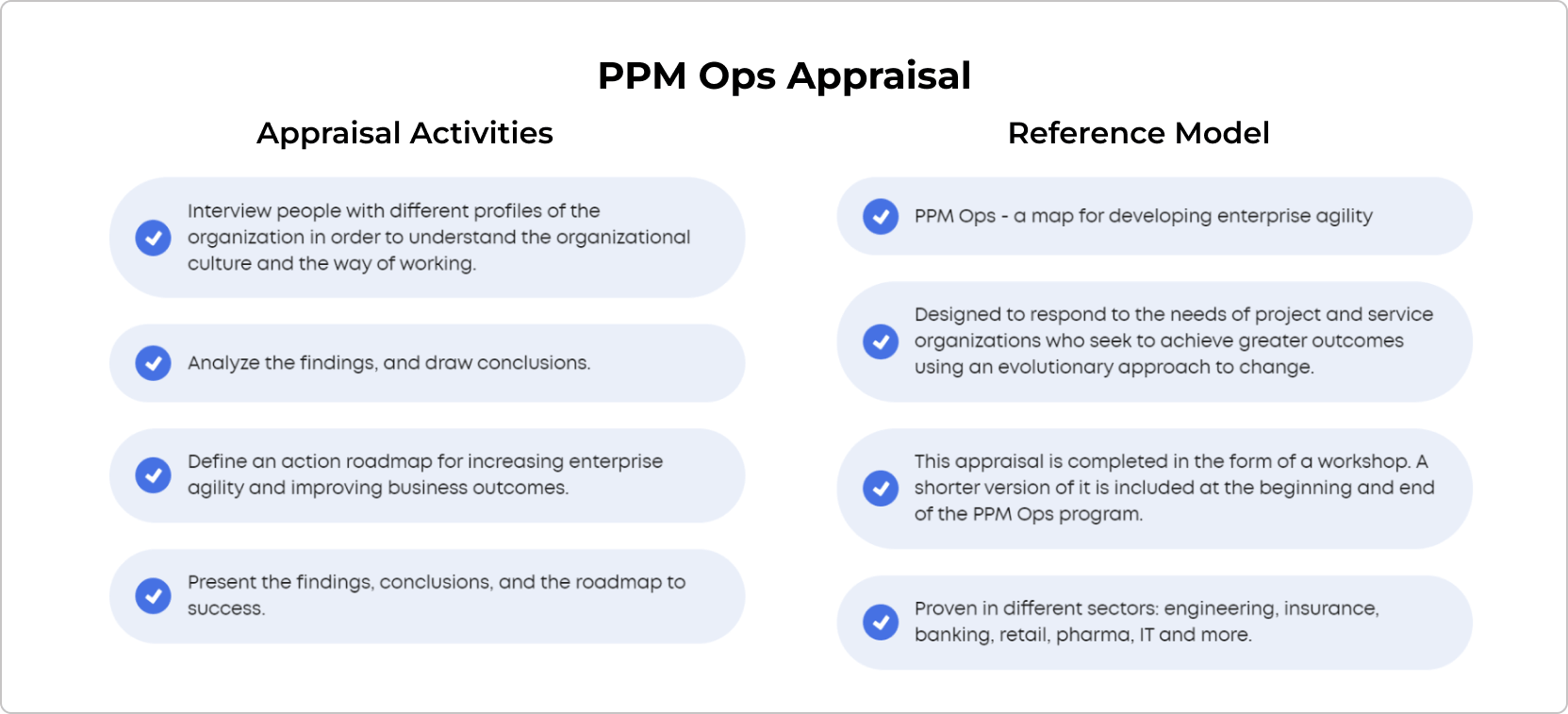Key Takeaways
-
Organizational agility is the ability to adapt quickly to customer demands, market shifts, and technological disruption.
- It relies on three pillars: mindset, operational agility, and strategic alignment.
- Agility drives customer satisfaction, resilience, productivity, and economic growth.
- Leadership, culture, and the right tools are critical to building agility.
What Is Organizational Agility and Why Is It Vital?
Organizational agility is the ability of an organization to respond to change quickly and effectively. Agile companies pivot strategies, realign operations, and seize opportunities faster than competitors, ensuring long-term sustainability.
Without agility, even the strongest players risk decline - consider how Nokia, once a leader in mobile phones, failed to adapt to market disruption.
In today's digital economy, infused with GenAI advancements, the strongest competitive advantage is not a product or service, but the ability to sense and respond quickly to customer needs.
What Are the Three Pillars of Organizational Agility?
When assessing your organization's agility, consider these three essential components:
-
Organizational Mindset: A culture of innovation and collaboration, where leaders foster communication, autonomy, trust, and accountability.
-
Operational Agility: The ability of a company's operating model to adapt rapidly through flexible structures, processes, and systems.
-
Strategic Alignment: Ensuring organizational goals are connected with actionable strategies that can shift with the market.
What Are the Benefits of Organizational Agility?
Companies that achieve high agility see:
- Enhanced customer satisfaction
- Improved employee engagement
- Increased resilience to disruption
- Boosted productivity and speed to market
- Better economic outcomes
GenAI, for instance, demonstrates the payoff of agility. While adoption is challenging, Gartner analysis shows that AI-enabled project and portfolio management tools drive speed, cost-efficiency, and innovation, making them essential to future-ready organizations.
How Can an Organization Develop and Measure Agility?
Practical Steps to Achieve Agility
Organizational agility doesn't happen overnight - it is cultivated over time. Companies can take steps such as:
-
Hiring for values and adaptability, not just skills.
-
Fostering a culture of continuous learning, where teams experiment safely and learn from outcomes.
-
Staying opportunity-oriented, empowering employees to spot and act on emerging possibilities.
Measuring Agility
Agility must also be tracked. Some practical measures include:
-
KPIs such as time-to-market, customer satisfaction, and revenue growth
-
Response to change, analyzing how fast teams pivot in disruptions
-
Agility surveys from employees and stakeholders
-
Innovation rate, measuring how many new ideas or products are implemented
-
Operational efficiency, looking at waste reduction and process improvements
Why Is Leadership Critical for Driving Organizational Agility?
Leadership is the cornerstone of agility. Leaders shape the culture, model adaptive behaviors, and provide the vision that keeps teams aligned.
Great leaders:
-
Inspire teams around core values and shared purpose.
-
Encourage experimentation, embracing failures as learning opportunities.
-
Create psychological safety, so employees feel confident sharing ideas.
-
Support transparency, ensuring decision-making is evidence-based and customer-focused.
Without committed leadership, even the most advanced tools and strategies will fail to create a truly agile organization.
What Tools and Services Support Organizational Agility Programs?
Here are a few approaches that support organizations in their agility transformations.
Project & Portfolio Management Operations (PPM Ops)
Developed by enterprise agility expert Teodora Bozheva, the PPM Ops roadmap supports business agility by helping organizations:
- Define desired outcomes
- Analyze the current situation
- Identify barriers
- Create an actionable plan
- Track progress
This approach has driven 250% productivity gains and helped 92% of participants reach their initial goals.
 The PPM Ops appraisal activities
The PPM Ops appraisal activities
Kanban-Derived Models
The Kanban method, Portfolio Kanban, and the Kanban Maturity Model (KMM) improve responsiveness without requiring heavy restructuring.
Boa Vista, a financial solutions provider, used Kanban to improve work process structure, increasing visibility across teams and departments and reducing waiting times and blockages. The KMM enabled them to implement a multi-layered kanban board, enhancing transparency and alignment between operations and company goals. This helped them successfully navigate their digital transformation journey.
Read the full Boa Vista case study →
Banco Bilbao Vizcaya Argentaria (BBVA) leveraged Kanban to manage multiple Agile transformation programs. The method provided fast feedback on work progress, facilitated evidence-based decision-making, and identified opportunities for improvement. The Portfolio Kanban concept was integrated into their program management practices, streamlining their operations.
Read the full BBVA case study →
 Visualizing a project management timeline view, initiatives, and individual work items in the Businessmap software
Visualizing a project management timeline view, initiatives, and individual work items in the Businessmap software
What Is the Business Value of Organizational Agility?
The value of agility is clear: it creates resilient, innovative, and customer-driven organizations. Companies like Amazon, Google, and Netflix showcase the business value of agility through constant adaptation and reinvention.
- Amazon diversified from retail into cloud computing and streaming.
- Google's 20% side-project policy fuels continuous innovation.
- Netflix pivoted from DVD rentals to global streaming dominance.
These companies prove that organizational agility is not just a management buzzword - it's the foundation for survival and growth in a disruptive economy.
Businessmap is the most flexible software
to align work with company goals





 The PPM Ops appraisal activities
The PPM Ops appraisal activities Visualizing a project management timeline view, initiatives, and individual work items in the Businessmap software
Visualizing a project management timeline view, initiatives, and individual work items in the Businessmap software

